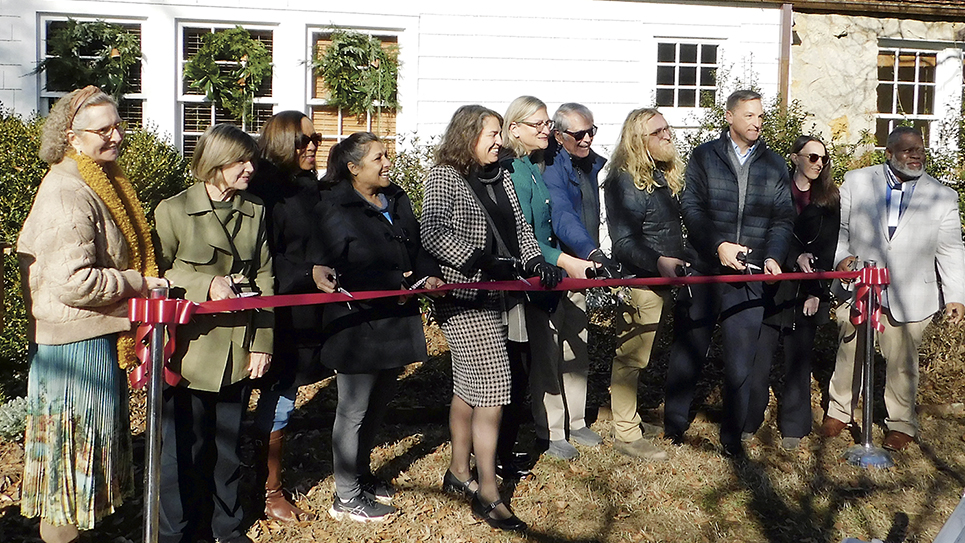Taking a loop through Bulls Gap
A Day Away By Mike Steely
Ever wonder how a place gets its name and what makes it special?
Taking a day to find out more about the area gives you a break and can be educational and entertaining. This week, we’ll look at the historic communities in a looping trip starting northeast on Rutledge Pike and returning to Knoxville along Andrew Johnson Highway.
Blaine is just north of Knoxville along Highway 11W or Rutledge Pike. It was initially known as Wheatville, named after one of the first settlers, Thomas Wheat. However, the name was later changed to Blaine in honor of James G. Blaine, a famous politician of the time. Nearby is the historic Lea Springs house.
Rutledge was established and incorporated in 1797 and named for General George Rutledge, a prominent citizen in nearby Sullivan County. At the time of its incorporation, it became the first municipality to have its own police department in Grainger County. Worth visiting there is the old jail and a reproduction of the Andrew Johnson tailor shop on the grounds of the county courthouse.
Bean Station is named after William Bean, considered the first permanent white settler in what is now Tennessee. He and his family established a settlement in the area in the late 1770s, and the town grew up around this settlement. The location was also a significant crossroads for early travelers, situated where the Wilderness Road and the Great Indian Warpath came together. At low lake waters, you can walk along the old highway and see the foundations of buildings that once stood there.
Nearby Mooresburg was named for Major Hugh Moore, whose family settled in the area around 1800. Hugh had purchased over several thousand acres and laid out the setting for the town. Mooresburg Springs, high above the community, was once a thriving health spa.
Rogersville is named for its founder and first postmaster, Joseph Rogers. He was an Irish immigrant who, along with his father-in-law Thomas Amis, established the town. Rogersville is the second-oldest town in Tennessee, and is where Davy Crockett’s grandparents lived before being killed in a Cherokee attack. The town has an interesting museum in the former railroad depot.
Turning south in Rogersville along Highway 66 South is Bulls Gap, which was named after John Bull, an 18th-century gunsmith and stagecoach operator. He established a stage line through a pass in Bays Mountain, which then became known as Bull’s Gap. The town that grew up around this pass eventually adopted the name Bulls Gap. The little downtown section has an Archie Campbell museum and several abandoned buildings and an old water tower for steam trains that once stopped there.
Morristown is west, back toward Knoxville, along the Andrew Johnson Highway. This community was named for Gideon Morris, who settled the site in the 1780s. The home of Davy Crockett’s family and the Crockett Tavern there has been reproduced as a museum.
Jefferson City was originally called Mossy Creek. In 1890, two communities there joined together to become Jefferson City, named in honor of President Thomas Jefferson. The town is the home of Carson-Newman University.
From there back to Knoxville along the “AJ” Highway are some other interesting communities, including New Market and Strawberry Plains. In New Market is the historic Houston’s Mineral Well, and Strawberry Plains has several Civil War skirmish sites and an earthen Confederate fort.
Whether you take the entire day away along the route or choose to visit just a few of the interesting towns and communities, knowing a bit more about our region is important. It’s a good idea to take your children or grandchildren with you and share the experience.






